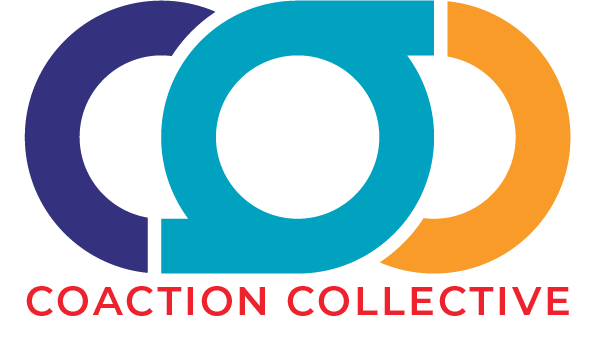Family Listening Guide
Have you ever prepared an excellent at-home activity that families have never used? Have you planned a fun family night, and no one showed up? Do you know why?
Imagine if you heard directly from families about what would make them feel like a valued partner in their child’s education. When you create space to listen to families, you can uncover new ideas for customizing your family engagement strategies and ensure the actions you take are what families want and need. A great way to strategically listen to families is by conducting a “listening tour.” Schools discover new and innovative ways to engage families when educators ask them the right questions and listen deeply to their experiences and ideas.
The Listening Guide linked below provides questions that can be asked during family focus groups or 1:1 interviews with families. Adapt the questions to fit the purpose of your family listening. The guide is written for a virtual focus group; however, you can quickly adapt it for an in-person focus group.
Download the free Family Listening Guide resource below.
Some tips to get you started:
Many schools and districts provide incentives, such as gift cards, to encourage families to participate in virtual focus groups.
For in-person focus groups, incentives such as meals, childcare, and transportation vouchers (i.e., Uber gift cards) can help to ensure equitable participation.
The ideal size of a focus group is a representation of 6-7 families, and the conversation should take about 45-60 minutes.
Get family permission to audio record so you can fully engage in the conversation. Send the recording to a transcription service (or transcribe yourself) so that you can thoroughly review what families share and make a plan to respond.
Send a thank you note to each family after the focus group.
Share high-level themes, takeaways, and next steps with your school community (educators, families, etc.) after completing your family focus groups.
As appropriate, adapt this guide for 1:1 interviews with families.

